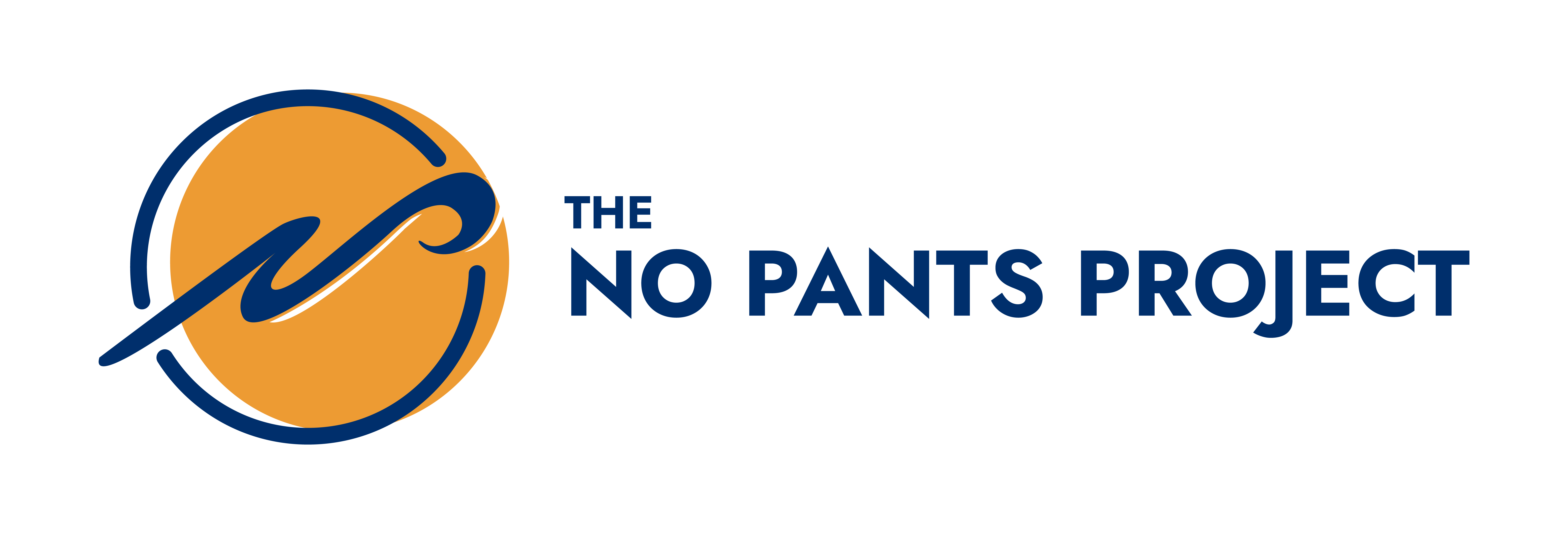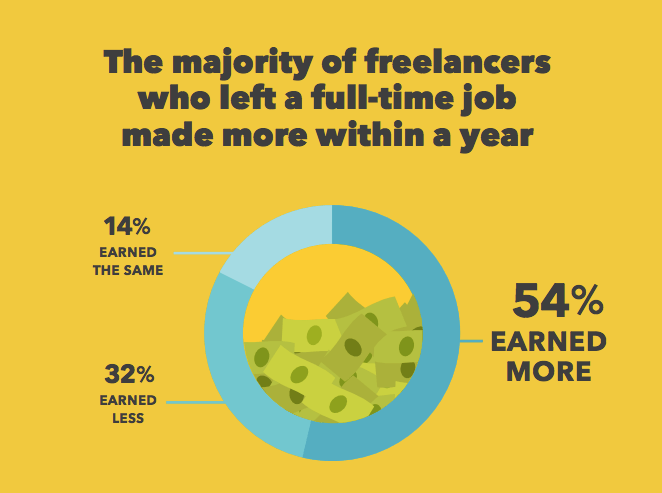Are you ready to be a full-time freelancer?
Is it time to quit your job?
It’s the moment you’ve been waiting for, right?
You’re ready to hand over your last projects and tell your boss you’re striking out on your own.
But let’s be honest for a minute.
Are you ready to become a full-time freelancer?
Like actually truly factually wholeheartedly ready?
To find out, you need to make sure you have a few pieces in place.
Thankfully, you’re not doing it alone.
Seriously, there are a lot of people out there doing a side hustle or trying to earn an extra buck as a freelancer.
According to Upwork’s study “Freelancing in America: 2016,” there are 55 million freelancers in the US.
Freelancers make up 35% of the US workforce.
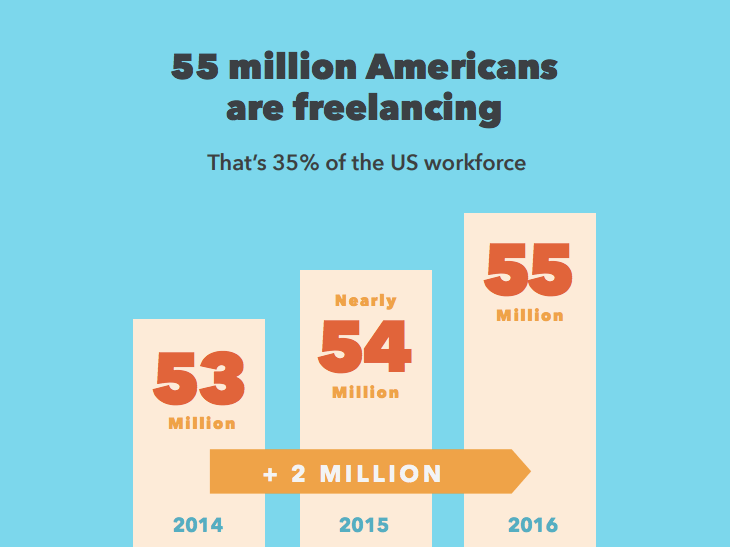
This massive shift to contract work is changing the economy. In fact, an article in the U.S. Bureau of Labor Service’s Monthly Labor Review recently stated that the “freelance surge is the Industrial Revolution of our time.”
I’ve promised a checklist.
But this isn’t just a matter of making a few check marks and turning in your resignation.
This is a matter of deep, hard, careful, intentional, introspective thought.
And one more thing.
What if you don’t check all the boxes? What if there are a few unchecked boxes agonizing you with their paralyzing promise of perpetual penury?
So what?
Checklists aside, you are the one that makes this happens. Your internal grit is what’s going to turn you into a full-time freelancer, not some fabricated checklist.
If you have the dream and the drive, you can make this happen.
But instead of relying only upon the dream, it’s helpful to keep these things in place. Let’s check them out.
You can afford to fail
Let’s start with the good news.
Freelancing can bring in a substantial buck. The Upwork study found that 54% of freelancers are making more money in their current role than they did in their earlier job.
So odds are greater than 50/50 that you’ll increase your revenue.
But there’s another big number there, too. About one in three, or 32%, earned less.
If you don’t prepare, you’re going to face some real struggles.
As the saying goes, you should hope for the best but prepare for the worst. If you want to make it as a freelancer, you need to prepare for the months when you don’t have any clients.
And yes, there will be months when you don’t have clients, particularly in the beginning.
Specifically, you need to have 6-12 months of pay in the bank. If things go south, this is your backup plan. You should be able to dip into those savings to pull you out of a crisis when it happens.
But it’s not all about preparation. You need to decide that you’re in it for the long haul.
You’re ready for a new career
It’s easy to imagine a freelancer taking on fun jobs and working on them for a few hours each day.
We picture her spending the afternoons, evenings, and weekends with family or binge-watching Netflix.
You’re probably following Instagrammers who post pictures of themselves hanging out at the beach, sipping margaritas, and somehow making money by checking their phone a few times.
Ha.
The truth is that freelancing will only give back the work you put into it. If you’re not willing to spend hours building your reputation and client base, you’re not ready.
Your best jobs often come through word-of-mouth referrals, and your reputation determines your paycheck.
Research from LinkedIn shows the individuals likely to earn the most money from freelancing build their skills into a business.
The study dubbed them “business builders” because freelancing isn’t a hobby for them. It’s a job.

(Note that the $12,300 is only part of their total income, not their full salary.)
In the beginning, you’ll need to work harder than you do at your day job.
And, money aside, here’s another thing.
Stress.
You probably think your current job — your “real job” — is stressful.
It probably is. I don’t know your boss or how much of an ogre he is.
But I can tell you this. Freelancing is super stressful, too.
Imagine your life without a steady paycheck, without health insurance, without a network of coworkers who have your back, without a company-provided computer, and no Bunn coffee maker dripping out a caffeinated brew each morning.
It’s all on you.
Freelancing isn’t a quick career to get started in, and you need to be ready to put in hours and bear the stress to build a business.
If you don’t see yourself doing this for years down the road, you should look at other opportunities.
Speaking of which, let’s talk about your expertise for a minute.
You have validation of your skills
When you first start out, everyone will be wary of your skills.
Let’s face it: no matter how good you think your work is, you’re biased. And before a client signs a contract, he or she wants to make sure you’re a good fit.
Your work needs to be impressive. Your friends may think you’re skilled, but you need to have proof before jumping into full-time freelancing.
You need to have proof that you have the skills to make it. Clients aren’t going to wait for you to improve. They need top-notch quality now.
Can you deliver?
Before you start freelancing full-time, you need to get a feel for the work you’re doing. Find success with it in some way. Perhaps that’s a piece that gets recognition or an article that goes viral.
But there’s more to it than that.
You need to communicate clearly, meet deadlines, and work well with others. If you lack any one of these, you’re going to struggle to keep clients.
You’re going to become a manager, and you need to succeed when you run the business.
You can run a business
Okay, so you have external validation of your expertise. Great!
But now the work begins. Freelancing will let you work on your passion, but you’re also controlling everything yourself.
Yes, you can use software to prepare invoices, compile contracts, track projects, and bill hours.
But if you don’t understand the program you use or the processes behind it, you’re going to be in big trouble.
Once you go full-time, you become the CEO, that is, the Chief Everything Officer.
When the printer breaks, tax season hits, or your website crashes, you need to be able to solve the problem.
Of course, you don’t have to do it all on your own. But you need to have the skills and connections to find the right people who can help you manage your business. You won’t have a company accountant to handle your taxes or an IT department to fix a software glitch.
If you don’t know what you’re doing, minutiae can consume valuable business-building hours. Speaking of which, let’s discuss how well you work on your own.
You have a plan for managing your time
Be honest: How much work do you get done at home?
Perhaps you can plow through a full workday sitting on the couch over the weekend. But for most people, an office provides focus and responsibility to get more done.
New freelancers often tell themselves that quitting their job will “give them more time.”
But the cold, hard truth is that your habits will compound. If you can’t work well at home with limited time, things will only get worse if you have a full day of distractions.
Before you transition to full-time work, assess what makes you work best. Do you need to be with other people? In a private office? Away from home?
None of these is a deal breaker. You can find a coworking space or just work at the library or coffee shop for a part of each day. But you need to have that solution in place.
Your at-home productivity won’t skyrocket just because you’ve made this a full-time job. Have a solution for getting things done before it becomes an issue.
I made the freelance leap when I had one child and we were expecting #2.
Trying to work from home with small children proved really difficult for me. My work was concentration-intensive.
Eventually, I figured out that I could work well really early in the morning. Then, I realized that I could work decently in coffee shops.
When my income went up, I was able to afford a private office. That also worked great.
Figure out what you need in terms of time, space, and ability to work. Then, take measures to use and protect that time or space before you make the leap.
You can sell yourself or your services
Every freelancer must hone their sales skills.
It’s like Grant Cardone said, “Everything in life is a sale.”
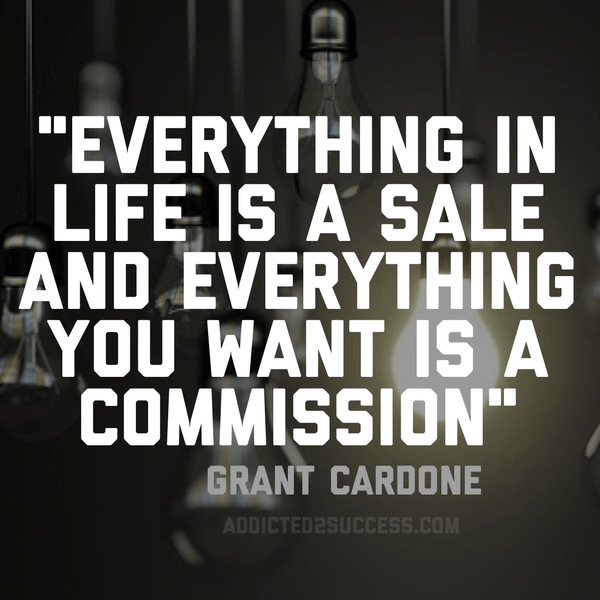
It’s those sales skills that secure the right type of clients.
Sure, you excel at writing (or designing, or coding). But when a potential client asks why you’re worth the investment, what will you say?
You need an answer.
You can’t say you need the money, or a friend says you’re good at what you do, or you have a “passion” for the work.
These things may all be true, but the potential client wants to know what’s in it for them.
And you need to deliver.
Proof can come in a variety of formats. Freelancer Brian Honigman includes testimonials from well-known sites he’s had as clients.
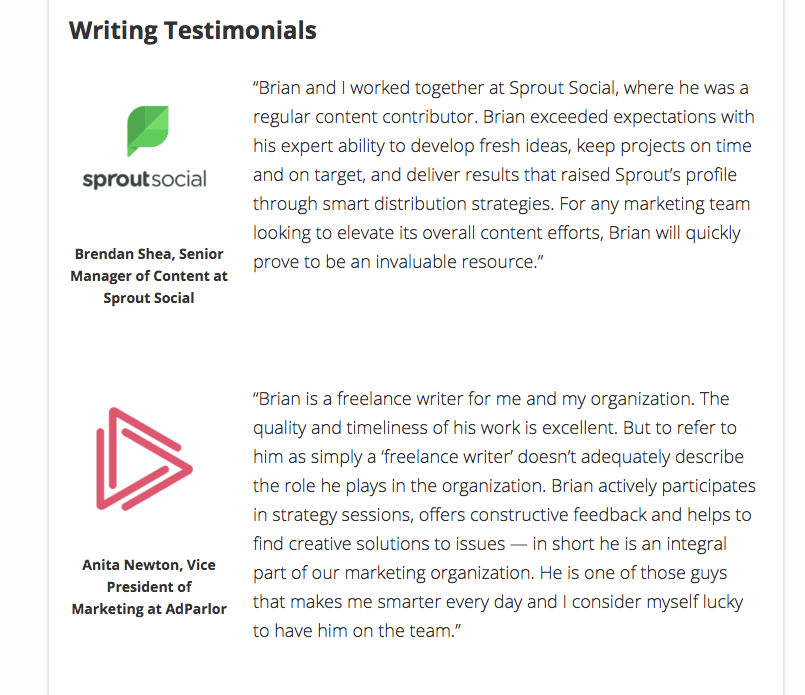
Write a case study of work that did well. If you’re just starting, prepare a portfolio of (jaw-dropping) sample work.
Whatever your proof is, you need to have a plan to present your value to clients. When you can show that you’re a sound investment, you’re ready to start full-time freelancing.
If you’re not there yet, you need to keep this as a side gig. And that’s a great place to start.
You’re already doing this as a side gig
One of the most exciting parts of freelancing is the thrill of it all.
There’s a refreshing sense of novelty with each new assignment you get. You get to work with all kinds of fascinating people. Sometimes, you might even find a project causing a big splash in the wider world.
But the biggest thrill of freelancing is the risk.
Let’s face it. You want to go full-time to prove (to yourself, to your friends, to your coworkers) that you can do it. There’s excitement in making it happen. But I can promise you: that excitement will wear off after a few months with zero work.
The solution to a freelance career that’s all but guaranteed to succeed?
You’re already thriving.
If you’re serious about full-time freelancing, start a side gig to build momentum. You should have a few (paying) clients that have proved you’re capable.
A lot of people argue that they can’t start a side gig with their current responsibilities. But if you can’t focus in your spare time now, how will you push through later? How will you finish a rush project, or complete administrative tasks to keep your business afloat?
Start freelancing as a side project now to develop the chops you’ll need when you take it full-time.
You’ll have a much more enjoyable experience once you’ve proven that you can succeed on a small scale.
You eat stress for breakfast
Remember the bit above about stress?
I’m circling back around to that point.
Why?
Because the stress is for real.
When I first pulled the plug on my business and leaped into the wild wonder of freelancing, I had no clue about the stress.
He quoted Parkinson’s law: “Work expands so as to fill the time available for its completion.” He told me that there’s nothing quite as agonizing as trying to work while the rest of the family is puttering around the house or kids are wanting to see daddy.
At that point in my life, I was married (still am), had one child, and one on the way. (We now have four children and none on the way, fwiw.)
I woke up that first morning, sprinted downstairs to my computer, and began to work.
And then it dawned on me.
It’s all on me.
All of it.
On me.
Swallowing my panic, I managed to write some articles and make some money.
As days rolled by, my sense of terror grew. I realized that this was not some joke or a flippant little hobby I was doing on the side.
This was what I had to do to support my family.
There were times when the stress was so intense that I was ready to paper the town with resumes and find a W2 job with a steady paycheck and a Bunn coffeemaker.
But instead, I kept my butt in my chair, kept churning out articles, and kept grappling with the stress.
Eight years later, and I’m still at it.
Do I still face stress?
Yeah, in fact, like this morning. And, uh, yesterday afternoon…and yesterday morning come to think of it.
The stress is part of the job. It’s part of my responsibility as a freelancer:
Job Title: Freelancer and Stress Manager
It goes with the role.
Do you need to be a thick-skinned, steely-brained, hard-assed, whisky-chugging, chain-smoking individual to take on a freelancing role?
Absolutely not.
But you do have to learn how to manage the stress.
I can’t tell you exactly how to manage your stress. There are different things that work for different people.
I can, however, share with you a few guiding principles that have helped me.
- View your freelance job as a real business. Build your business, make bank, and you won’t be as stressed out. When you’re generating good money, the stress begins to take care of itself.
- Hustle like you mean it. Banish the binge-watching visions from your mind forever. You need to actually hustle. Hard. And for a long time. Work smart, but hustle hard.
- Learning how to handle stress is an acquired skill. The good news is that each of us can learn how to better handle stress. But the only way to improve is to face said stress. Make an attempt to view the stress as a learning experience, and take active measures to handle it.
Stress relief for me took the form of exercise, planned breaks, yoga, good food, and the occasional hot bath.
This parting point on stress isn’t meant to scare you away from full-time freelancing.
In fact, some of us thrive on moderate amounts of stress.
The stress can be a good thing — pushing us to achieve more than we thought possible, and create a life that we only dreamed of.
Although I faced stress, I created the life I wanted — spending more time with my family, owning my schedule, controlling my income, and living my dream of full-time travel.
Conclusion
If you’re ready to jump into freelance work, it can be exhilarating and exciting. The prospect of setting your hours is tantalizing.
Who wouldn’t want to get paid for working on their passion on their schedule?
But before you move to a full-time position, secure the savings to support you if things turn rocky. Ensure you have the skills, both personal and professional, to make freelancing succeed.
And you need to make sure this is something you’re committed to for the long term, stress and all.
Becoming a full-time freelancer is an incredible transformation, and you’ll be glad you did it.
But you need to make sure you have everything in order first to make it a success.
What steps will you take to become a full-time freelancer?
Here’s the full-time freelancer checklist:
- You have 6-12 months of living expenses saved up
- You have skills that can be monetized.
- You have validated the income opportunity of these skills.
- You are capable of handling a wide range of business administration responsibilities.
- You have time management abilities.
- You have sales ability.
- You’re already making money from freelancing.
- You are prepared to face stress.
Want more help?
If you think you’re ready for full-time freelancing, you might want to check out The No Pants Project, where we teach you in 12 weeks how to go from zero to full-time freelancer.
